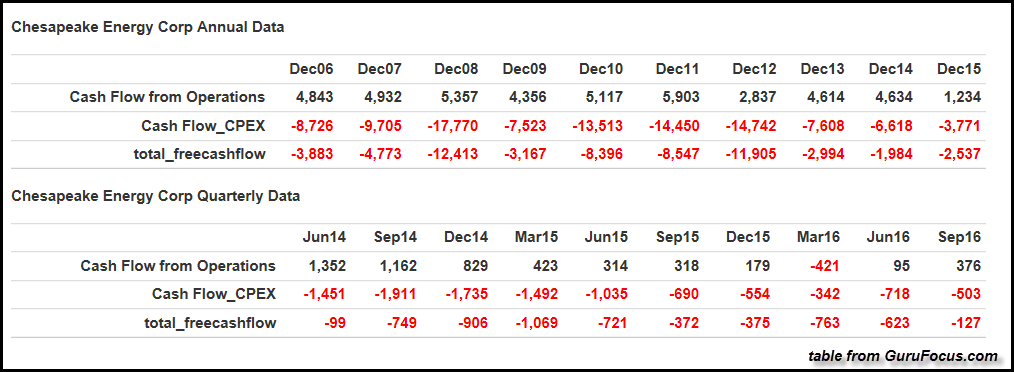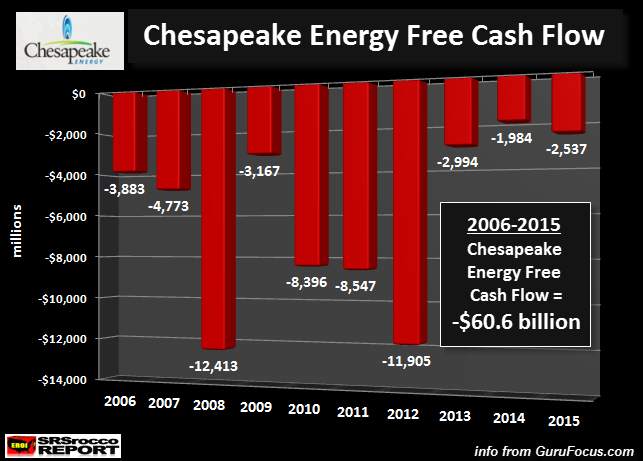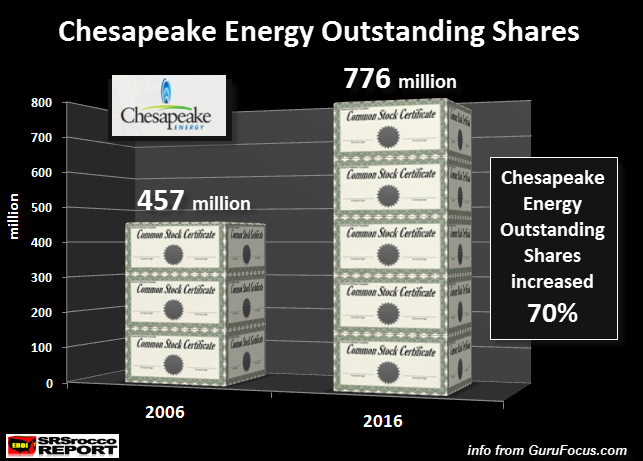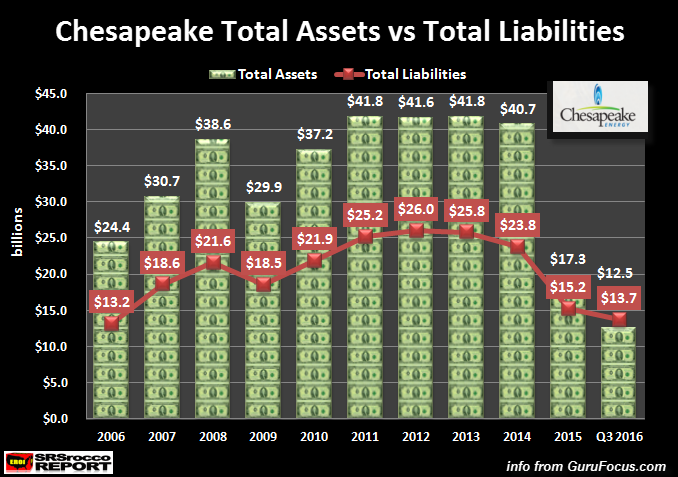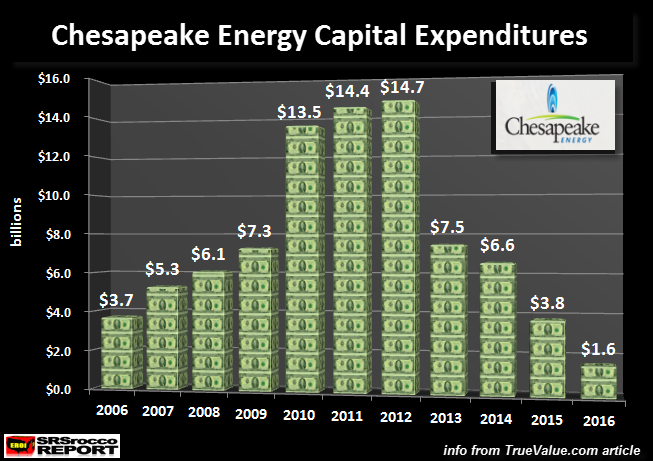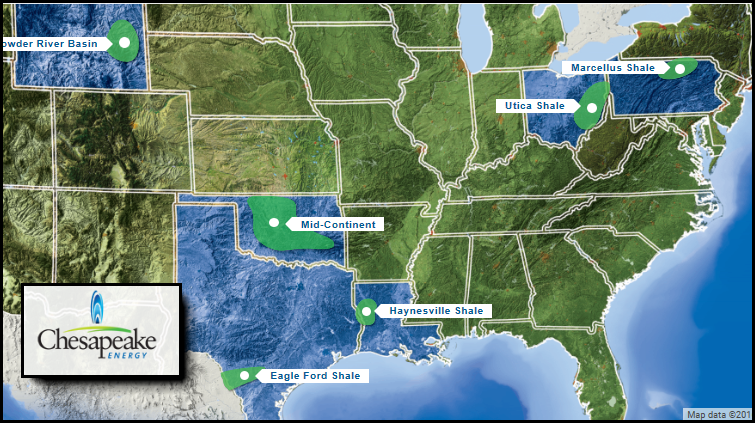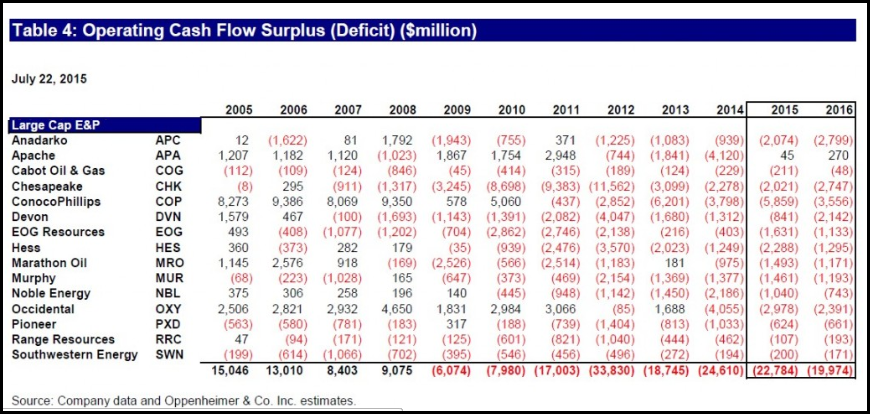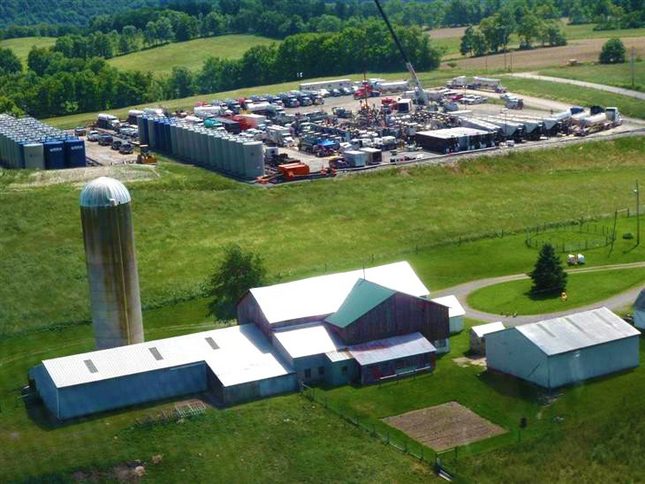L'ex numero uno del Pirellone era imputato per corruzione.
Assolto dall'accusa di associazione per delinquere.
I giudici gli sequestrano 6,6 milioni e metà della famosa villa in Sardegna.
Sei anni di condanna e 6,6 milioni confiscati: per i giudici della decima sezione penale del Tribunale di Milano, Roberto Formigoni è colpevole. Colpevole del reato di corruzione nel processo con al centro la fondazione pavese Maugeri che si occupa in particolare di riabilitazione in campo sanitario. Ma non di quello di associazione per delinquere.
"Ritengo ingiusta la sentenza e la impugnerò - è il commento del Celeste - E' stata condannata la persona Roberto Formigoni". E ancora: "Sono amareggiato ma sereno, una volta di più consapevole della assoluta correttezza del mio operato in tutti i lunghi anni di presidenza di Regione Lombardia. Mai, in nessun modo e in nessuna occasione, ho lasciato che interessi personali influissero sulle scelte di governo della cosa pubblica".
L'abbraccio dei pm. La condanna comprende anche sei anni di interdizione dai pubblici uffici e il versamento (in solido con il faccendiere Pierangelo Daccò e l'ex assessore Antonio Simone, suoi coimputati) di una provvisionale di tre milioni alla Regione (parte civile), una sorta di acconto in attesa che il giudice stabilisca l'entità del risarcimento. La sentenza è stata letta nella maxi aula della prima corte d'assise d'appello, la stessa dei processi a carico di Silvio Berlusconi. I pm che hanno sostenuto l'accusa, Laura Pedio e Antonio Pastore, non hanno voluto rilasciare commenti. Ma fuori dall'aula, subito dopo la lettura della sentenza, si sono abbracciati.
I giudici gli sequestrano 6,6 milioni. A Formigoni i giudici hanno confiscato beni per 6,6 milioni di euro: tra questi c'è il cinquanta per cento della celebre villa in Sardegna, il cui acquisto è stato uno dei punti centrali dell'inchiesta; nella sentenza si stabilisce il trasferimento dell'altra metà delle quote della proprietà ad Albergo Perego, amico e coinquilino nella residenza dei Memores Domini. Perego, invece, è stato assolto. La confisca più alta è quella disposta, però, per Pierangelo Daccò: oltre 23 milioni di euro. Per Simone la confisca è pari a 15,9 milioni, per l'ex direttore amministrativo della Fondazione Maugeri Costantino Passerino la confisca è per beni pari a 8 milioni. In totale i beni confiscati agli imputati hanno un valore di oltre 53,8 milioni.
Assolto dall'accusa di associazione per delinquere.
I giudici gli sequestrano 6,6 milioni e metà della famosa villa in Sardegna.
Sei anni di condanna e 6,6 milioni confiscati: per i giudici della decima sezione penale del Tribunale di Milano, Roberto Formigoni è colpevole. Colpevole del reato di corruzione nel processo con al centro la fondazione pavese Maugeri che si occupa in particolare di riabilitazione in campo sanitario. Ma non di quello di associazione per delinquere.
"Ritengo ingiusta la sentenza e la impugnerò - è il commento del Celeste - E' stata condannata la persona Roberto Formigoni". E ancora: "Sono amareggiato ma sereno, una volta di più consapevole della assoluta correttezza del mio operato in tutti i lunghi anni di presidenza di Regione Lombardia. Mai, in nessun modo e in nessuna occasione, ho lasciato che interessi personali influissero sulle scelte di governo della cosa pubblica".
L'abbraccio dei pm. La condanna comprende anche sei anni di interdizione dai pubblici uffici e il versamento (in solido con il faccendiere Pierangelo Daccò e l'ex assessore Antonio Simone, suoi coimputati) di una provvisionale di tre milioni alla Regione (parte civile), una sorta di acconto in attesa che il giudice stabilisca l'entità del risarcimento. La sentenza è stata letta nella maxi aula della prima corte d'assise d'appello, la stessa dei processi a carico di Silvio Berlusconi. I pm che hanno sostenuto l'accusa, Laura Pedio e Antonio Pastore, non hanno voluto rilasciare commenti. Ma fuori dall'aula, subito dopo la lettura della sentenza, si sono abbracciati.
I giudici gli sequestrano 6,6 milioni. A Formigoni i giudici hanno confiscato beni per 6,6 milioni di euro: tra questi c'è il cinquanta per cento della celebre villa in Sardegna, il cui acquisto è stato uno dei punti centrali dell'inchiesta; nella sentenza si stabilisce il trasferimento dell'altra metà delle quote della proprietà ad Albergo Perego, amico e coinquilino nella residenza dei Memores Domini. Perego, invece, è stato assolto. La confisca più alta è quella disposta, però, per Pierangelo Daccò: oltre 23 milioni di euro. Per Simone la confisca è pari a 15,9 milioni, per l'ex direttore amministrativo della Fondazione Maugeri Costantino Passerino la confisca è per beni pari a 8 milioni. In totale i beni confiscati agli imputati hanno un valore di oltre 53,8 milioni.
Cinque condanne e cinque assoluzioni. Insieme all'ex governatore, sono stati condannati anche i presunti collettori delle tangenti: Daccò (9 anni e 2 mesi) e Simone (8 anni e 8 mesi). Condannati anche l'ex direttore amministrativo della Maugeri, Costantino Passerino (7 anni) e l'imprenditore Carlo Farina (3 anni e 4 mesi). Assolti invece Nicola Sanese, Alessandra Massei, Carla Vites (moglie di Simone), Alberto Perego e Carlo Lucchina, ex direttore generale della Sanità.
TEMI - Formigoni, ultimo atto (articoli, foto e approfondimenti)
Le accuse: favori/vantaggi. In base alla ricostruzione dell’accusa, Formigoni sarebbe stato il "promotore e organizzatore" dell'associazione a delinquere (ma da questa accusa è stato assolto "per non aver commesso il fatto") e avrebbe garantito stabilmente tra il 1997 e il 2011 favori alla Maugeri (per questo dalle casse della fondazione sarebbero usciti circa 61 milioni di euro) e tra il 2002 e il 2011 al San Raffaele (in questo caso dalle casse dell'ospedale sarebbero usciti 9 milioni di euro, ma questo era un altro filone del processo). Soldi confluiti su conti e società di Daccò e Simone, che poi avrebbero garantito a Formigoni circa otto milioni di euro in benefit di lusso, tra cui l’uso di yacht e il pagamento di vacanze. Il politico avrebbe ricambiato favorendo la Maugeri e il San Raffaele con atti di giunta, garantendo rimborsi indebiti per circa duecento milioni.
I VERBALI - "Così preparavamo alla Maugeri le bozze delle delibere al Pirellone"
TEMI - Formigoni, ultimo atto (articoli, foto e approfondimenti)
Le accuse: favori/vantaggi. In base alla ricostruzione dell’accusa, Formigoni sarebbe stato il "promotore e organizzatore" dell'associazione a delinquere (ma da questa accusa è stato assolto "per non aver commesso il fatto") e avrebbe garantito stabilmente tra il 1997 e il 2011 favori alla Maugeri (per questo dalle casse della fondazione sarebbero usciti circa 61 milioni di euro) e tra il 2002 e il 2011 al San Raffaele (in questo caso dalle casse dell'ospedale sarebbero usciti 9 milioni di euro, ma questo era un altro filone del processo). Soldi confluiti su conti e società di Daccò e Simone, che poi avrebbero garantito a Formigoni circa otto milioni di euro in benefit di lusso, tra cui l’uso di yacht e il pagamento di vacanze. Il politico avrebbe ricambiato favorendo la Maugeri e il San Raffaele con atti di giunta, garantendo rimborsi indebiti per circa duecento milioni.
I VERBALI - "Così preparavamo alla Maugeri le bozze delle delibere al Pirellone"
Processo Maugeri, Formigoni condannato a sei anni per corruzione. Il legale: "Attendiamo le motivazioni"
I pm: "Milioni sottratti per i sollazzi di Formigoni". Il sistema corruttivo al centro del caso Maugeri ha portato a sottrarre "milioni di euro pubblici finiti in una percentuale del 25 per cento nelle tasche di Daccò e Simone per finanziare i sollazzi di Formigoni, dei suoi familiari e dei suoi amici". E' stato questo uno dei passaggi più duri delle repliche della pm Pedio.
Le vacanze in barca. Per dieci anni - aveva sostenuto in aula ancora Pedio - "Formigoni non ha speso un euro dei suoi soldi", utilizzando contante ottenuto da Daccò e Simone in tagli da 500 euro e facendo vacanze faraoniche e viaggi in barca. "Dal 2002 al 2012 - aveva anche sottolineato la pm - il conto bancario di Formigoni è stato silente", nel senso che non risultava essere uscito dal quel conto un solo euro. E lui in cambio, sempre secondo l'accusa, avrebbe favorito la Maugeri e il San Raffaele con atti di giunta garantendo rimborsi indebiti.
Le richieste di condanna. Per Formigoni, i pm Pedio e Pastore - in aula con loro per la sentenza c'era anche il procuratore capo Francesco Greco - avevano chiesto una condanna a nove anni di carcere, con un impianto di accuse che l'ex governatore definì: "Roba da fiction". La Procura aveva chiesto anche altre nove condanne, tra cui quelle a otto anni e otto mesi per i presunti intermediari delle tangenti, Daccò (già in carcere per il crack del San Raffaele) e l’ex assessore regionale Simone; 5 anni e mezzo era la richiesta per l'ex direttore generale della Sanità, Lucchina, e l'ex segretario generale della Regione, Sanese. Ancora, otto anni e tre mesi era la richiesta per l'ex direttore finanziario della Maugeri, Costantino Passerino; mentre 5 anni era quella per l'ex membro dei Memores Domini (l'associazione cattolica di cui fa parto lo stesso Formigoni), Alberto Perego.
Le vacanze in barca. Per dieci anni - aveva sostenuto in aula ancora Pedio - "Formigoni non ha speso un euro dei suoi soldi", utilizzando contante ottenuto da Daccò e Simone in tagli da 500 euro e facendo vacanze faraoniche e viaggi in barca. "Dal 2002 al 2012 - aveva anche sottolineato la pm - il conto bancario di Formigoni è stato silente", nel senso che non risultava essere uscito dal quel conto un solo euro. E lui in cambio, sempre secondo l'accusa, avrebbe favorito la Maugeri e il San Raffaele con atti di giunta garantendo rimborsi indebiti.
Le richieste di condanna. Per Formigoni, i pm Pedio e Pastore - in aula con loro per la sentenza c'era anche il procuratore capo Francesco Greco - avevano chiesto una condanna a nove anni di carcere, con un impianto di accuse che l'ex governatore definì: "Roba da fiction". La Procura aveva chiesto anche altre nove condanne, tra cui quelle a otto anni e otto mesi per i presunti intermediari delle tangenti, Daccò (già in carcere per il crack del San Raffaele) e l’ex assessore regionale Simone; 5 anni e mezzo era la richiesta per l'ex direttore generale della Sanità, Lucchina, e l'ex segretario generale della Regione, Sanese. Ancora, otto anni e tre mesi era la richiesta per l'ex direttore finanziario della Maugeri, Costantino Passerino; mentre 5 anni era quella per l'ex membro dei Memores Domini (l'associazione cattolica di cui fa parto lo stesso Formigoni), Alberto Perego.
Le reazioni politiche. Gelido il primo commento, a pochi minuti dalla sentenza, del successore di Formigoni in Regione: “Non ho commenti da fare. Prendo atto di questa vicenda e punto”, ha tagliato corto il governatore leghista Roberto Maroni. Vicinanza umana e sollievo per l’assoluzione dall’accusa più grave l'ha espressa Maurizio Lupi, presidente dei deputati di Area popolare (e ciellino come Formigoni): "Gli sono vicino in questo momento di amarezza, ma sono lieto che l'accusa più infamante, quella di associazione a delinquere, sia caduta. E sono certo che nei successivi gradi di giudizio la sua estraneità ai fatti contestatigli verrà acclarata". Ha attaccato a testa bassa, e non solo l’ex governatore, il deputato 5 Stelle Alessandro Di Battista, che ha twittato: “Formigoni condannato a 6 anni per corruzione, è l'attuale presidente della commissione Agricoltura del Senato grazie ai voti del Pd".









